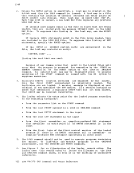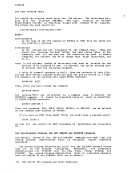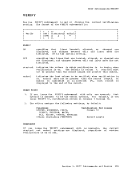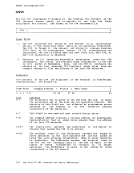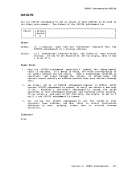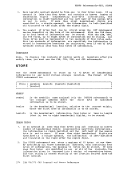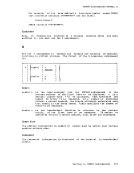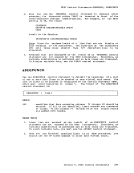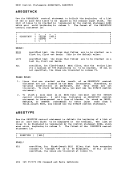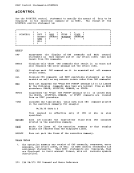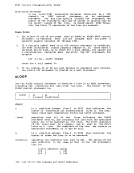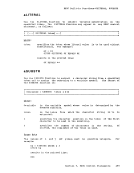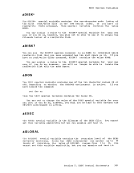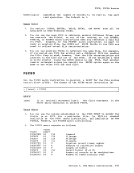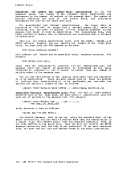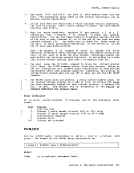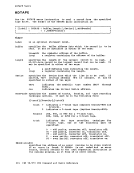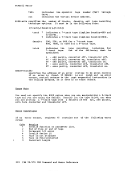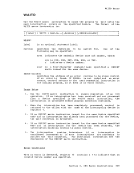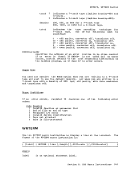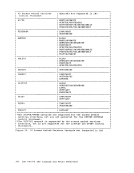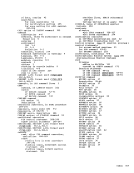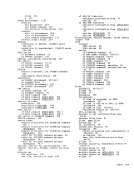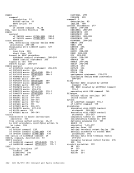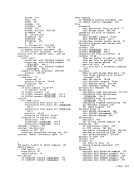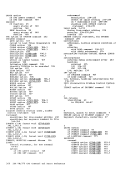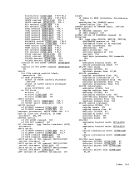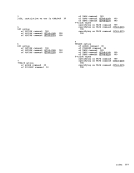EDIT Subcommands-CASE, CHANGE CASE Use the CASE subcommand to indicate how the editor is to process
uppercase and lowercase letters. The format of theCASE subcommand is:
r----I I CASE I , L- , r , , ,M I I I U , , L .J
____11 M indicates that the editor is to accept any mixture of uppercase and lowercase letters for the file as they are entered at the terminal. U inaicates that the editor is to translate all lowercase letters to
uppercase letters before the letters are entered into the file.U is the default value for all filetypes except MEMO and SCRIPT. If you enter the CASE subcommand with no operand, the current setting is
displayed at the terminal.
If you specifyCASE M when using a 3270 that does not have the lowercase
feature (RPQ), you can key in lowercase characters, but they appear on
the screen as uppercase characters.
CHANGEUse the CHANGE subcommand to change a specified group of characters to
another group of characters of the same or a different length.You may
use the CHANGE subcommand to change more than one line at a time. The
format of the CHANGE subcommandis: r- , , Change , , I L--- r r " [/stringl[/string2[/IniGI t]]] 1*1 *11 III 'I L L .J.J
___________________________________________________-J I (diagonal) signifies any unique delimiting character that does not
appear in the character strings involved in tne change.
stringl
string2
specifies a group of characters to be changed (old data).
stringl may be a null string.
specifies the group of characters that are to replace
string 1 (new datal. string 2 may be a n nIl string; if
omitted, it is assumed null.Section 3. EDIT Subcommands and Macros 221
uppercase and lowercase letters. The format of the
r----
____
uppercase letters before the letters are entered into the file.
displayed at the terminal.
If you specify
feature (RPQ), you can key in lowercase characters, but they appear on
the screen as uppercase characters.
CHANGE
another group of characters of the same or a different length.
use the CHANGE subcommand to change more than one line at a time. The
format of the CHANGE subcommand
___________________________________________________
appear in the character strings involved in tne change.
stringl
string2
specifies a group of characters to be changed (old data).
stringl may be a null string.
specifies the group of characters that are to replace
string 1 (new da
omitted, it is assumed null.









































































































































